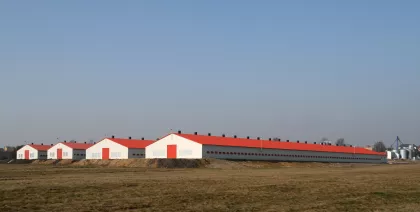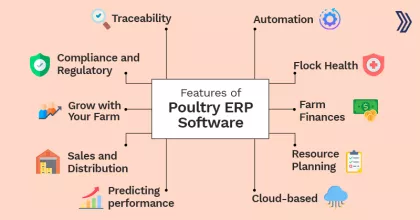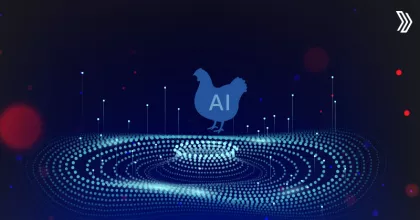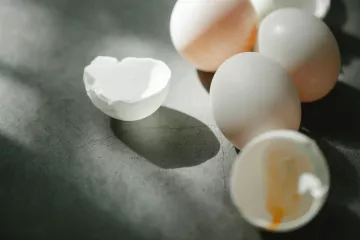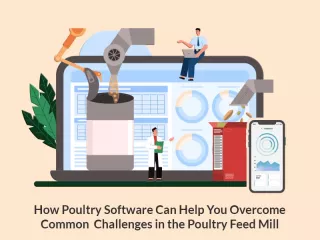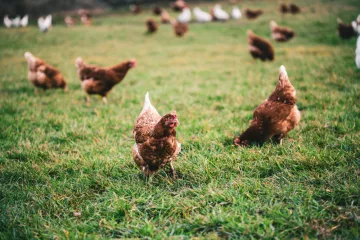In the process of managing a healthy and a productive flock, getting the right lighting conditions plays a very important role. In the last few years, the lighting in a poultry farm has become a little more complex than just fixing a bulb and turning on a switch. So, what has changed over the years? Why is lighting important? And how to choose the right lighting system?
Published 17 May 2024
Lighting in Poultry Farms: Importance and Considerations
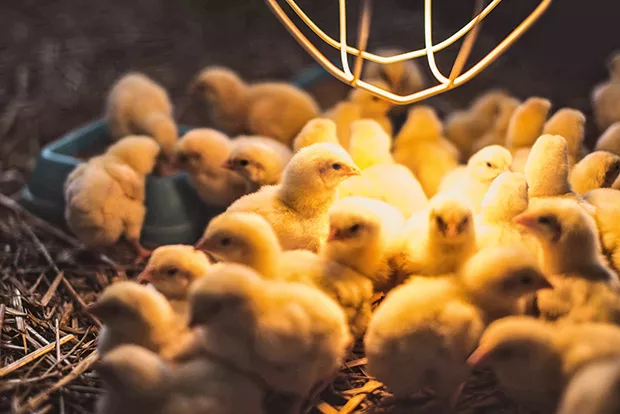
For poultry owners, providing the right environment is crucial to ensuring healthy, productive flocks.
Factors like feed, housing, biosecurity, etc are known considerations. One aspect that is sometimes overlooked is lighting.
However, implementing optimal Lightning in Poultry can have a significant impact on growth rates, egg production, and overall farm profitability.
How does lighting affect poultry production?
To understand how lightning in poultry affects poultry production, it is important to know that Chickens perceive light very differently than humans. Their ability to sense light doesn't just come from their eyes, chickens can also perceive light through the top of their skull as well which allows them to perceive day length and seasonal changes, even if they are blind.
Just like humans, chicken's biological functions are deeply tied to the natural day-night cycle.
Lighting systems in poultry farms should be set up to simulate nature. Factors such as intensity and light distribution play a key role in providing the perfect conditions. Proper lighting sets the foundation for this crucial circadian rhythm in poultry houses.
With a well-designed system that simulates nature's patterns, birds develop consistent habits and hormonal cycles. This consistent routine optimizes crucial functions like melatonin production, immune response, growth, and reproductive processes. Disrupting the day-night cycle can negatively impact all of these areas.
What factors to consider for designing a poultry lighting system?
Light is a very important factor in creating a good environment for the chicken and ensuring that the production levels are high. There are certain key factors to consider when setting up a perfect lighting environment in poultry farms.
- When designing a poultry lighting system, intensity and uniformity of light distribution are key considerations. The light spectrum is the key to ensuring a perfect lighting environment
- Since chickens perceive the entire electromagnetic spectrum rather than just the visible range for humans, the color and temperature of the lighting make a big difference.
- Ideally, poultry house lights should be dimmable to mimic a natural sunrise and sunset. The light should be able to be dimmable from 100% to 0% to stimulate sunset and sunrise within an enclosed farm.
- The color temperature, which impacts how "warm" or "cool" the lighting appears, also plays a role. The Correlated Color Temperature (CTT) plays an important role in the warmth that is offered, lower color temperatures tend to be preferable.
- The light in a poultry house should not flicker either. Flickering lights cause a strobe effect and since chickens can detect flickering up to 200 kHz, the wrong lighting will end up creating a restless environment for the birds.
There is a lot of Importance of light in poultry production. In addition to mimicking seasonal and daily cycles, dimming controls allow farmers to extend or reduce day lengths as needed to achieve specific production goals. For example, many egg farmers keep their birds on very long days of 16-18 hours to maximize lay rates.
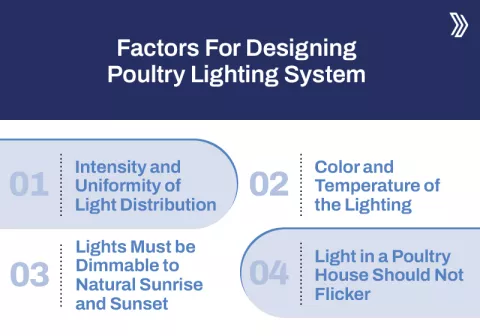
Dimming also facilitates periods of darkness for catching or loading birds.
Challenges in maintaining optimum lighting
One of the biggest challenges in maintaining optimum lighting conditions is to work out how to manage an aviary system or a free-range system. Some researchers believe that LED lighting in aviary and free-range systems can offer more consistency when compared to fluorescent lights.
While household bulbs were once commonly used in poultry houses, LED lighting is rapidly becoming the industry standard. LEDs offer superior energy efficiency, longevity, and spectral control compared to other bulb types. Their directionality also allows for a more uniform distribution of light.
Transitioning to LED can be an investment, but it pays off through lower energy costs and increased production. For free-range and aviary systems, which present unique lighting challenges, LEDs help maintain a consistent environment.
Another major advantage of LED lighting is its compatibility with modern poultry management software and "smart" agricultural technology.
By integrating dimmable LED fixtures with environmental controls, farmers can easily automate and fine-tune lighting programs for each flock's needs. Some systems even use light sensors to mimic small variations in outdoor light patterns.
Another area where lighting is particularly critical is the brooding period for chicks.
Newly hatched chicks require warm temperatures around 95°F for the first week of life. Proper brooding lighting that focuses heat lamps over a small area helps chicks find food, water, and warmth while allowing cooler areas for the chicks to self-regulate their temperatures.
Partner with the industry's most trusted Poultry management software and grow the business together. Contact Livine today for a demo!
As you observed, there are various factors to take into consideration when ensuring optimal poultry light climate. Each poultry type has various requirements that should be adhered to.
An ideal poultry lighting system is very important and it goes beyond just providing illumination - it creates an overall environment that is unique and is needed by the flocks to maintain their optimal behaviors.
With benefits ranging from improved health and growth to flock uniformity and increased egg production, choosing the right lighting can pay dividends for forward-thinking poultry owners.
While there are many aspects to optimizing poultry production, the importance of lighting cannot be overstated. A best-in-class poultry farm software ensures that the lighting remains optimum and also drives various integrations in order to allow innovations with the farm and lower the overall cost.

